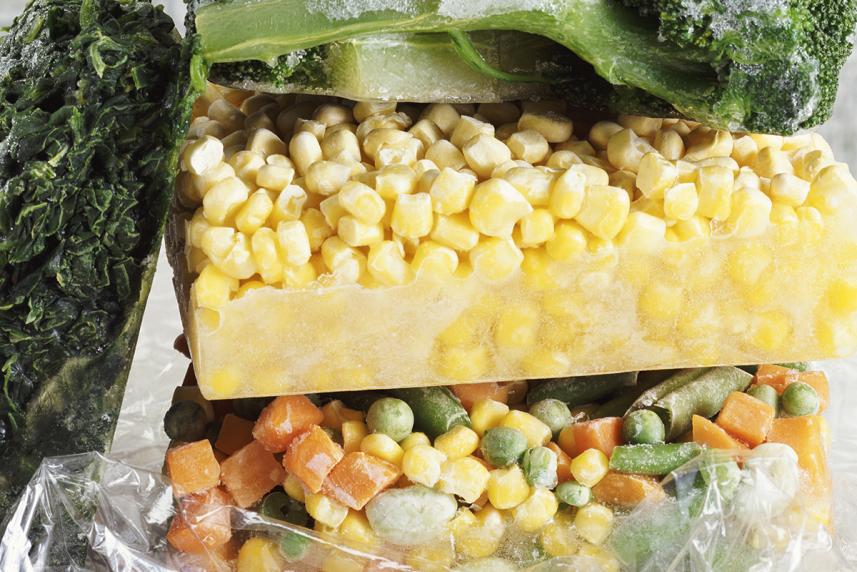Best freezer foods for your grocery list
The frozen foods aisle can be your budget's healthy secret weapon.

With as much as 40% of the US food supply going to waste, many Americans are stocking up their fridges regularly only to end up tossing nearly half of the contents. If this sounds familiar, it may be time to rethink your shopping strategy—and include more stops in the freezer section. Just because Community Supported Agriculture programs, farmers' markets, and local food are trending hard doesn’t mean frozen food is over. There are healthful budget-friendly options in the freezer aisle and mixing some frozen foods in with the fresh can give you a bit more flexibility on weeknights and benefit your bottom line.
The key is knowing the difference between freezer friends and foes, since a frozen pizza—even from a “healthy” brand like Amy’s—can set you back more in terms of calories, saturated fat, and sodium than a Big Mac! “In general, many prepared foods will be heavily processed,” says Ayla Withee, MS, RD, founder of Eat Simply. “The biggest nutrition pitfall would be the sodium content. It can soar into the several-thousand-milligrams-per-serving range, which is well beyond the daily recommendations.”
Withee says the manufacturers get you by dividing the portion in a small box into several “servings.” Read labels and do the math. “If you are a savvy shopper, are willing to read the nutrition label, and keep a few guidelines in mind, you can make good choices in the frozen foods section,” she says. Here’s the profile she wants you to look for on the label:
Calories ≤ 350
Saturated fat ≤ 2 g
Sodium < 600 mg
Fiber ≥ 3 g
Protein ≥ 5 g
4 Ways to Fit Frozen Foods into a Healthy Diet
- Build a breakfast to-go. Make this breakfast at night to save time on busy weekday mornings. You can evenmake a bunch ahead of time for several days' worth of breakfasts for you and your family. “Buy frozen fruit (mixed berry blends work well) and layer it in a container with plain yogurt, low-fat granola or nuts, and honey and put them in the fridge,” Withee says. “By the time you are ready to eat your parfait, the fruit will be thawed.”
- Fill your freezer for the off-season. “Frozen produce is just as, if not more, nutritious as fresh produce,” Withee says. “Frozen produce is often ‘flash-frozen’ either on-site or nearby, locking in the nutrients.” Fresh produce, on the other hand, may have traveled great distances and lost some nutrients in transit. If you live in a region where fresh fruits and vegetables are limited part of the year, try frozen produce to add to stir-fries, soups, smoothies—whatever you’re making. Add your own spices or healthy oil. Withee says vegetables last about 18 months in the freezer and fruits about 12 months.
- Add a side. “Never have a frozen entrée or pizza on its own,” Withee says. “The trick to sticking to creating a filling, satisfying meal is to pair it with a cup or more of vegetables or fruit.” She warns that vegetables with added sauces and flavorings can add a lot of sodium and calories.
- Add toppings. “Buy a frozen pizza and before you cook it in the oven, add a variety of frozen vegetables as toppings,” Withee says. “This will make the pizza much more filling and nutritious.


